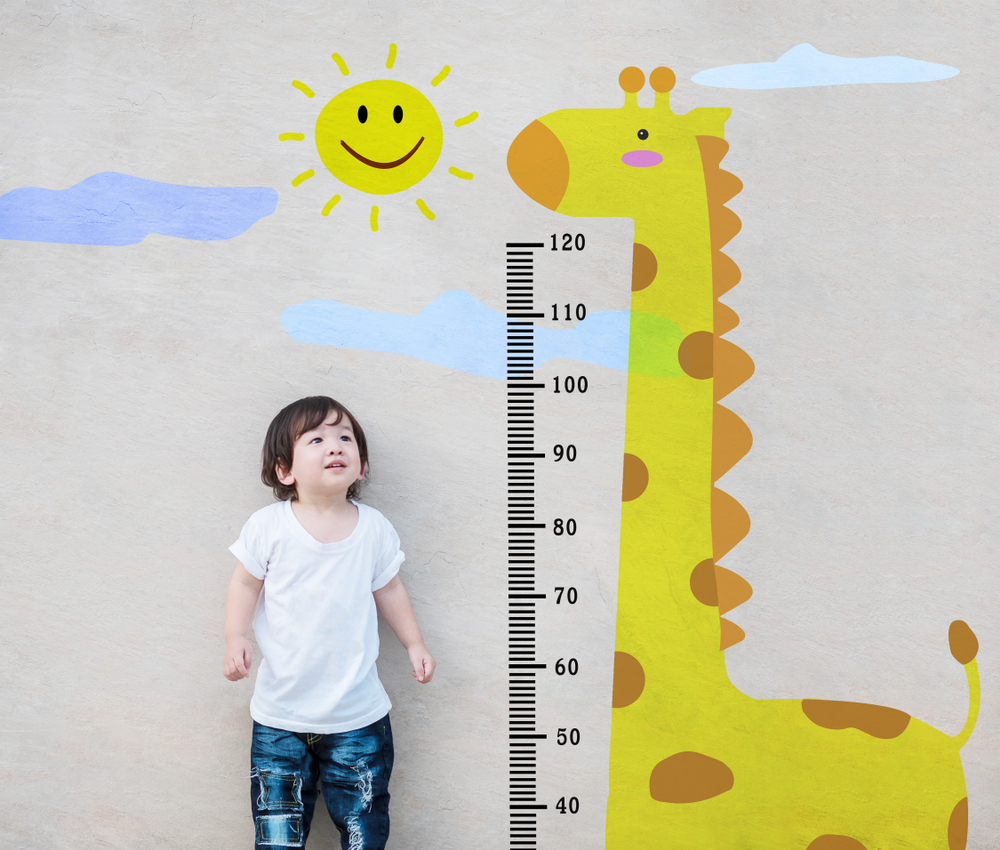Measurement Worksheets for Ages 3-7 - Page 5
103 filtered results
-
From - To
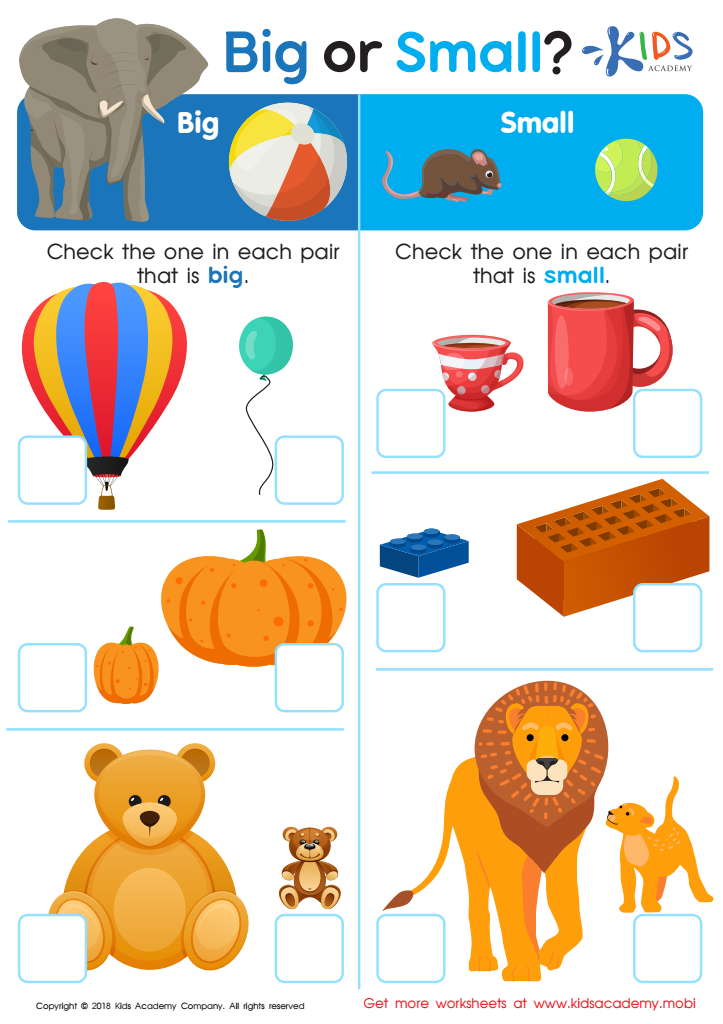

Big or Small? Worksheet
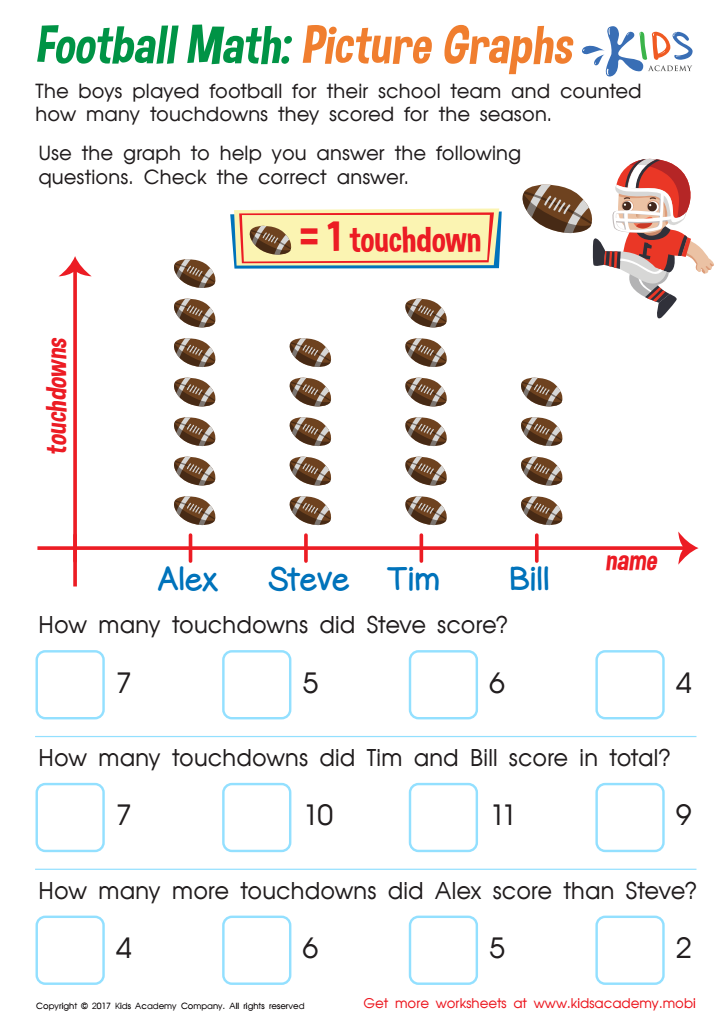

Football Math Worksheet
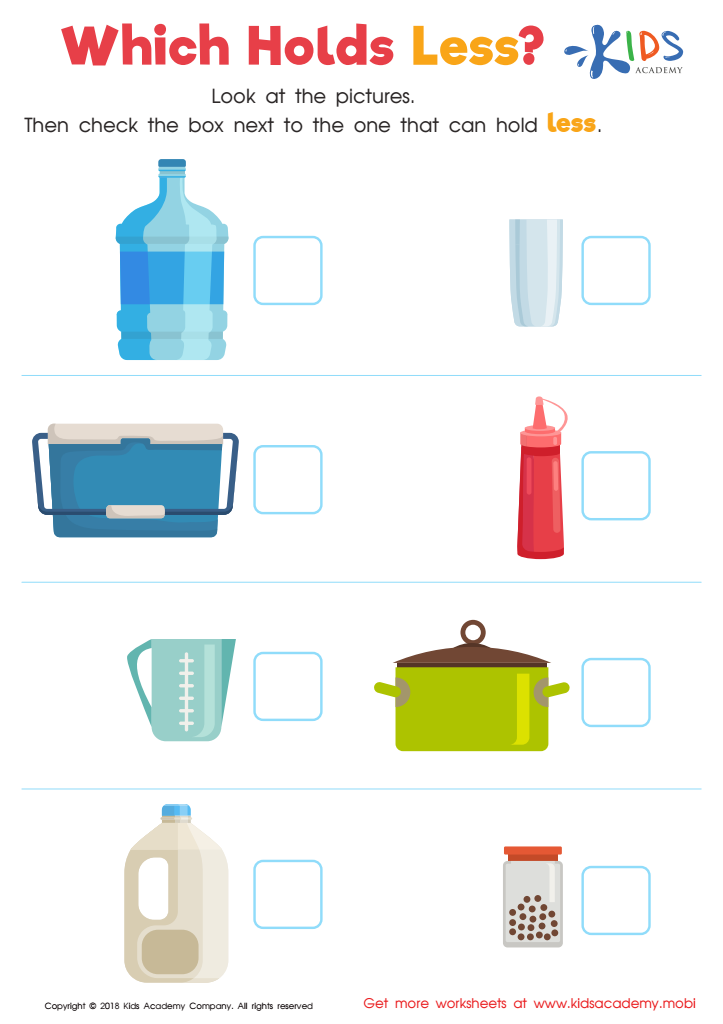

Which Holds Less? Worksheet
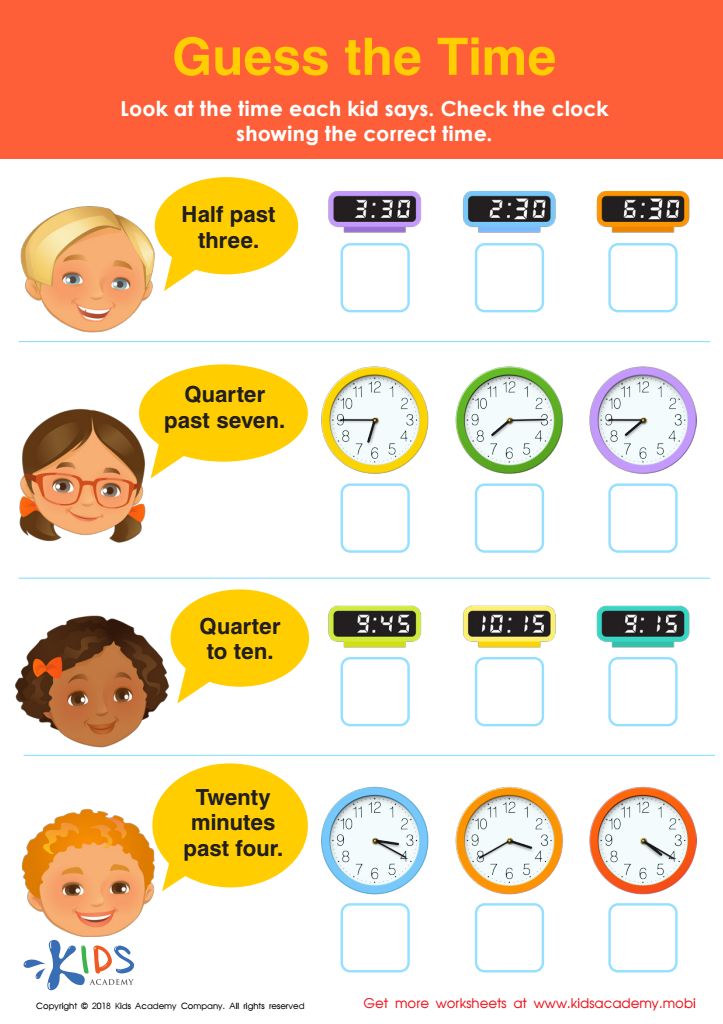

Guess the Time Worksheet
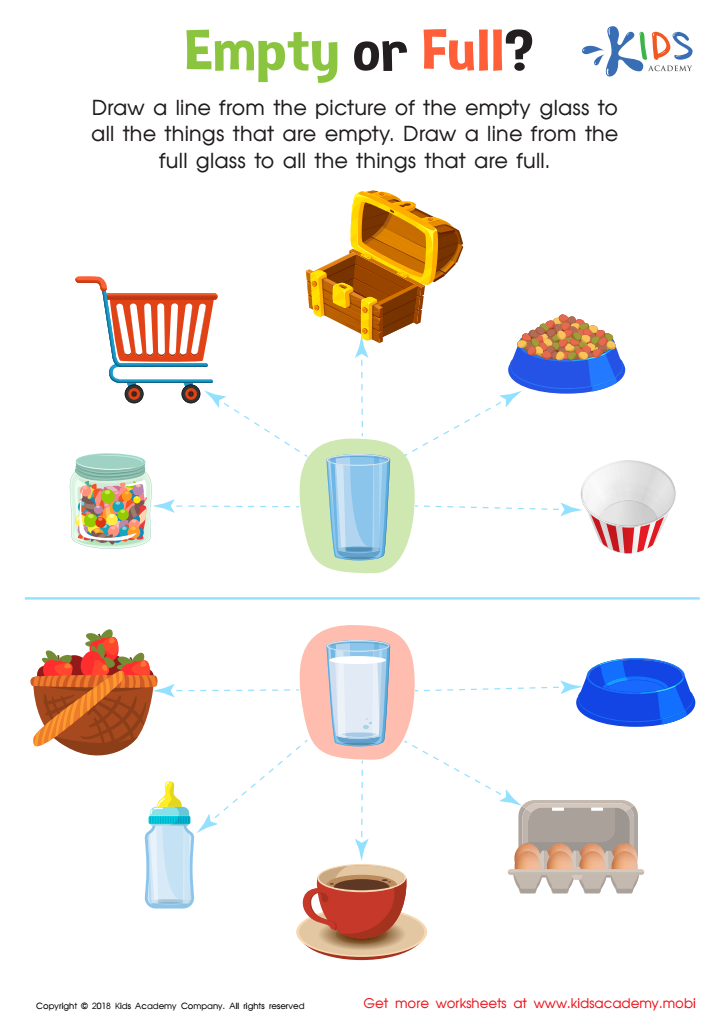

Empty or Full? Worksheet


Time to Catch the Train Part 2 Worksheet
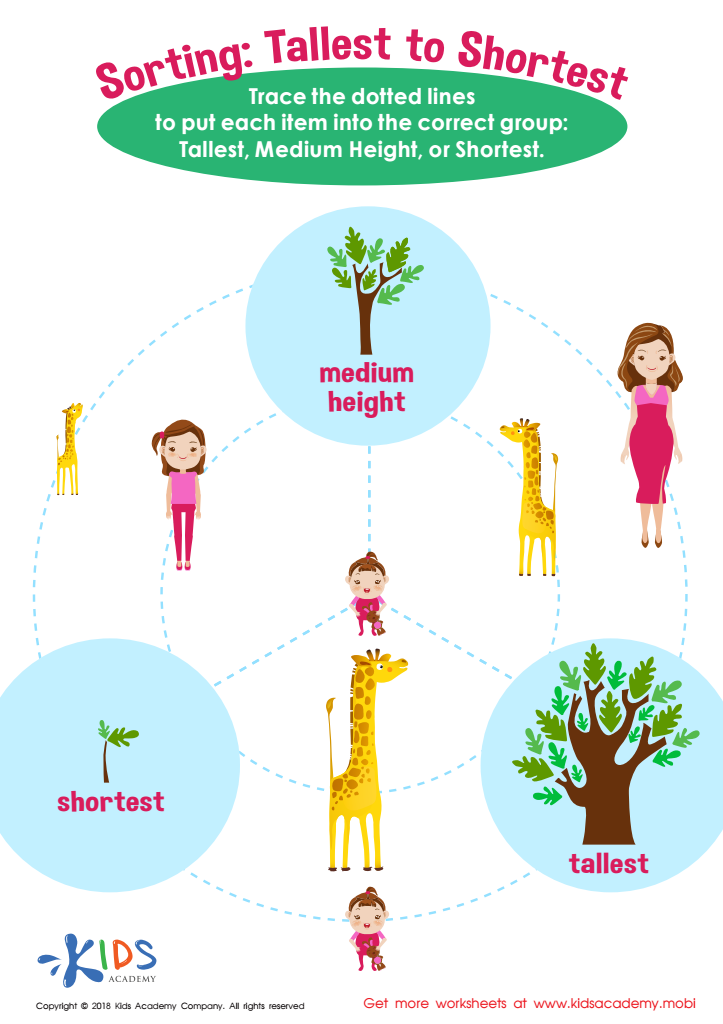

Sorting: Tallest to Shortest Worksheet
Measurement is a crucial area of learning for children ages 3-7, as it lays the foundation for mathematical understanding, critical thinking, and everyday problem-solving skills. During these formative years, children begin to explore concepts such as length, weight, volume, and time, which are essential both academically and in daily life. Understanding measurement enhances their ability to compare and categorize, fostering an intuitive grasp of quantities and spatial relationships.
Parents and teachers should care about measurement because it contributes to a child's cognitive development. Engaging activities that involve measuring objects—like cooking, building, or drawing—stimulate curiosity and make learning enjoyable. Such interactions not only boost numerical literacy but also promote fine motor skills and language development, as children learn to articulate their observations and findings.
Moreover, fostering measurement skills instills confidence in young learners, preparing them to tackle more complex mathematical concepts in later school years. Encouraging exploration of measurement transforms it from a rote learning task into an exciting discovery process, equipping children with skills that are relevant both in school and real-life situations. Overall, investment in this area of learning fosters well-rounded, capable individuals equipped for future challenges.
 Assign to My Students
Assign to My Students





